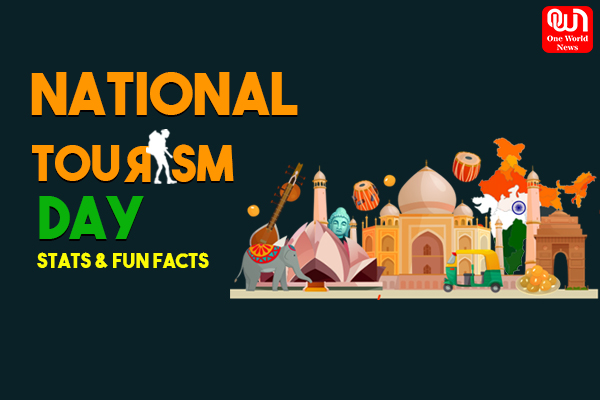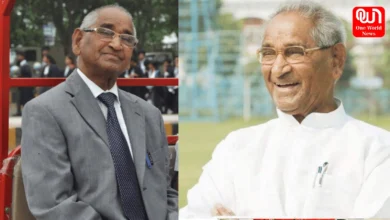
“A deaf person can do all the things that a hearing person can do except hear. And this doesn’t make them any different.”
International Week of the Deaf is celebrated every year, from 21 September to 25th September to promote human rights of the Deaf Community. The main idea of this day is to give a platform to deaf to tell their stories and let their voices be heard. It is celebrated every year with different themes and activities. Further, September 23 is seen as Sign Language Awareness Week. To know more about the community and the whole idea of this week, we spoke to Shivoy Singh, a sign language interpreter who told us that “the world federation of the deaf started the international week of the deaf to raise awareness about deaf culture, their sign language, rights and to celebrate deafness. There’s a term, ‘deaf-gain’ which is medically viewed as ‘hearing-loss’. To break the barriers and stereotypes and to know about the deaf community, International day of sign languages was chosen as 23rd September because World Federation of deaf was established on that day and to create awareness about the different sign languages all over the world.”
Shivoy Sharma is a 27-year-old interpreter, who has been working with Haryana Welfare Society for Person with Speech and Hearing Impairment for the last six years. Shivoy is a CODA (Child of a Deaf Adult) for whom, sign language is his first language and he has furthered to learn the sign language.
Read more: International Day of Peace and non-violence: Top 5 public figures across the world promoting peace

Struggles of the Deaf Community
If we look at the struggles of the deaf community, they don’t really want people to see them like someone who is any different than any other human being. They don’t want sympathy and victimized treatment as they are able to do everything that others do, in fact, they can express themselves too, in sign language. Pointing out their challenges, Shivoy said that, “It is the communication barrier which is the most difficult to go with. The idea of not being able to interact and bond with the family, equally participate in basic activities, lack of access to media, autism is basically what adds to their struggle.”
Imagine a Hindi speaker not being able to express themselves self because of the population they have started living with is English speaking. In that case, they will be advised to learn English. Right? Here, both, the Hindi speaker and the English population, both are treated as normal and the person speaking Hindi, not knowing something. So can be the case of the people with deafness. Their language signs and there should be no problem and victimization of a deaf person as they are no different from the normal human beings. “The people who are deaf, they are not even special. A deaf person can do all the things that a hearing person can do except hear. All that we need is to start seeing them as a person with a disability and not a person with special abilities or ‘divyangjan’. What we need tot to stop is the patronizing of a disability. We need to ask them, the Deaf community what they want and is acceptable to them and respect that.” said Shivoy.
India’s National Association of the Deaf estimates that around 18 million people are deaf in India. According to a report, ‘India’s disability estimates Limitations and way forward’, “the GBD study estimated the prevalence rate of hearing loss at 514 people per 100,000 population. In addition to these, moderate hearing loss prevalence in the GBD study was estimated at 2,704 people per 100,000 population.’ Hence, we are likely to come across people with disability and hence, knowing sign language is significant.
Significance of Sign Language
Shivoy, marking the significance of sign language and elaborating upon the basic signs one must know, said, “when a hearing child is born, the child is more visual and starts speaking at a later age and in the early years uses gestures. Learning signs at an early age helps the hearing child to grasp spoken language more easily and makes a better bond between the parent and child. There has been researching done it and lots of parents are learning sign language to interact with their child so why not let a deaf kid have access to their native language. You can start by learning the basic greetings, alphabet, and daily use words.”
Concluding the conversation, he said, “when you are at a faraway place and want to communicate something to someone, or during a meeting convey a message without interrupting anyone, or have a lovely conversation with your loved one without anyone else knowing. And learn it from a Deaf person! You get to be part of a new world and meet more interesting people.”
Have a news story, an interesting write-up or simply a suggestion? Write to us at info@oneworldnews.com








